What date and how is Easter celebrated?

Easter is considered the main holiday in the Orthodox Church calendar. This is a favorite holiday of most Christians both because of its importance and because of the traditions that accompany it.
When is it celebrated?
Indeed, it is not clear to everyone by what principle the date of each new Easter is determined, how it is calculated, etc. In fact, everything is not so complicated. There is such a calculation system - Paschalia, it determines the relationship of calendar and astronomical values, and determines the dates of Easter. Not very tricky (although it does not seem so at first) calculations help to create a calendar of holidays.
The Russian Orthodox Church uses the traditional Julian calendar for calculations, which was created by Julius Caesar in 45 BC. NS. They also say about this calendar - "old style". But Western Christians use the Gregorian calendar, which was introduced in 1582 by Pope Gregory XIII.
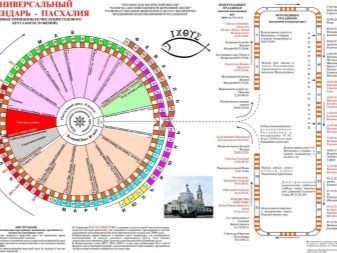
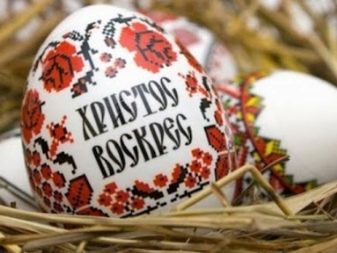
Also in the Alphabetical Syntagma, Matthew Vlastar writes that in determining the celebration of Easter, you need to focus on four decrees. In particular, about the celebration of Easter after the vernal equinox, about the exclusion of celebrating it on the same day with the Jews, and also about the fact that it should be after the first full moon and after the equinox. And the fourth decree says that the holiday will be after the full moon on the first day of the week.
It turns out that the "gap" for the holiday is 35 days - not earlier than April 4, they celebrate it, but not later than May 8, according to the new style. Christians themselves rarely use the settlement system and simply refer to the calendar of celebrations. For example, Easter in 2021 fell on May 2, in 2022 on April 24, and in 2023 it falls on April 16.In the calendar, all the dates of the celebration can be viewed in advance, how and how long the fasts last, on what dates other church holidays fall.
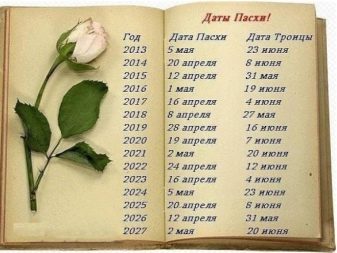
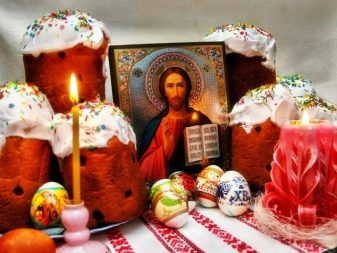
history of the holiday
In Christianity, Jesus Christ is considered the messenger of God on earth, called to save mankind from sins and wrongdoings. He was kind, just, did not judge or condemn, lived modestly and humbly, but talked a lot about the need to eradicate evil, fight against it. But his deeds became objectionable to the authorities, and together with the real criminals, Jesus was crucified on Calvary. And the Easter holiday was already at that time, but it was associated with the Jewish people, who had been in captivity for a very long time with the Egyptians.
Probably everyone has heard of Moses, the chosen one of God, who was supposed to deliver the Jews from slavery. The rebellious Egyptians fell upon the judgment of the Lord. And then the night happened, all the baby boys were killed, and only the houses of the Jews with a bloody mark were bypassed by the trouble (a mark with the blood of a slain lamb). In a word, this is a big separate story, but it is mentioned here to say that at the time of the execution of Christ, the Easter feast already existed. And the execution took place just after Easter, on Friday (later it will become Passionate). And so it happened that the holiday took on a new meaning. As well as new traditions and new attributes, a completely different cultural basis.

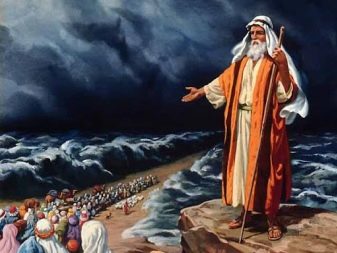
On the third day after the burial of the crucified Jesus, Sunday, several women went to the tomb to leave there incense for the body of Christ. But the stone blocking the coffin was rolled away, the coffin itself was empty, and an Angel was sitting on the stone. He told the women that Jesus was resurrected. There were witnesses to his resurrection, which was considered a great miracle and which in many ways changed the course of history. For more than 2000 years, mankind has been celebrating the new Easter, which was established by the apostles. And this holiday is considered a victory over death.
The very word Easter is associated with the old holiday, with the enslavement of the Jews by the Egyptians and the attempt of Moses to save the latter. Literally it means "deliverance, passing".
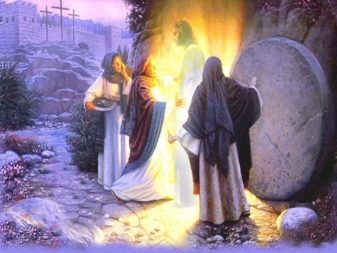
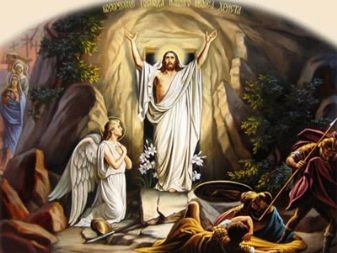
Traditional dishes
For most modern people, Christian Easter is also a feast for the glory of Jesus. And also a good reason to get together with your family at the festive table, which is set right in the morning. In some families, Easter traditions are very strong, including with respect to the dishes on the table. Somewhere they relate to this easier, and only Easter cakes give out a special reason for a feast.

Yes, Easter cakes are the main culinary attribute of Easter. They are baked by themselves or bought in a store, but they are always on the festive table. Even with the Soviet deficit and undisguised anti-religious sentiments, many women managed to bake traditional Easter cake, and perhaps even according to an old family recipe. Today, the kulich combines symbols of the modern and ritual worlds. It is prepared for baking in advance, during the cooking process prayers are read. Usually housewives try to bake several Easter cakes in order not only to taste the symbol-dish at the table, but also to treat relatives and friends, to give them with them. It is believed that the cake dough should be kneaded in peace and silence, as this is a sacred sacrament.
What does the Easter cake symbolize - it is associated with the body of Christ, with the bread that was broken at the Last Supper. And he is also a symbol of fertility and wealth, since his recipe contains many expensive products (now they may not seem expensive, but at different times it really was a rich dish).
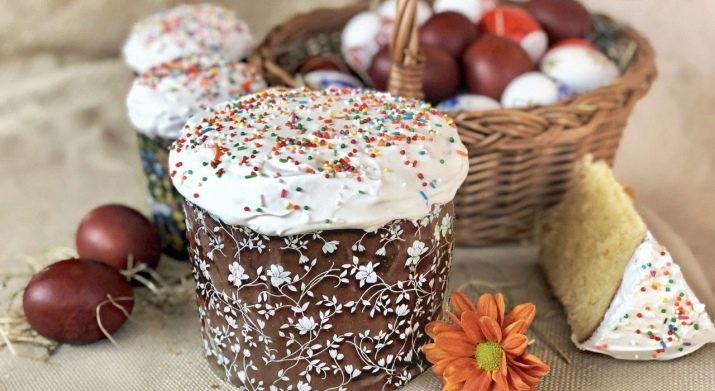
What other traditional Easter dishes are prepared:
- cottage cheese Easter - a sweet dish with raisins and vanilla, prepared in a special form;
- meat dishes, for example, egg roll;
- jellied meat (jelly) - it is often made on pork legs, with chicken and offal;
- boiled pork - for its preparation you need a ham, garlic, salt and pepper;
- homemade wine - usually grape wine.
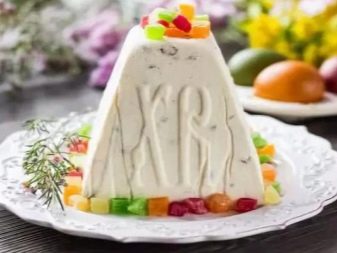
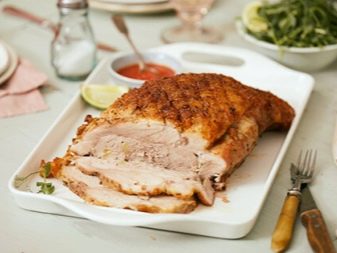
But universal traditions coexist peacefully with intrafamilial ones.Somewhere on Easter they definitely make chicken in honey sauce with a nut filling, somewhere they bake lemon muffins, and somewhere they make a salad with quail eggs.
By the way, about the eggs. It is not even so much food for the Easter table as a special symbol of the holiday, bright and sacred. According to church sources, Mary Magdalena, in the past - a sinner, and then a devout follower of the teachings of Christ, came to the emperor to inform him about the resurrection of Jesus. It was impossible to come to the ruler without a donation, and Mary Magdalena took a modest egg with her, as poor people did. The emperor did not believe the words of the woman, laughed and said, just as the egg you brought to blush cannot turn red, so the deceased cannot rise again. And then the egg turned red in front of everyone present.
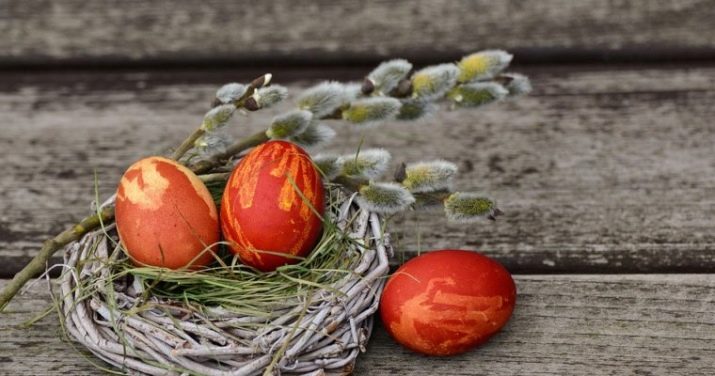
True, this version has many critics. It is believed that Mary simply colored the egg to make it look more like a gift. Another opinion says that eggs could be dyed to distinguish boiled from raw. One way or another, but the egg has become a symbol of Easter, and it is painted in all sorts of ways. They paint, decorate, make them smart and festive, and be sure to send them to the Easter table.
It is also interesting how the aesthetic attitude towards Easter is being transformed today. All kinds of decor, beautiful decoration of the house and table, gifts make the religious holiday more secular - like a holiday of spring, kindness, respect for the cultural traditions of ancestors. This fusion of the traditional and the modern continues.
And now it has become fashionable (it was before, just now it is more obvious) to give relatives and friends Easter gifts - as a rule, baskets with delicacies and decorative attributes of the holiday.

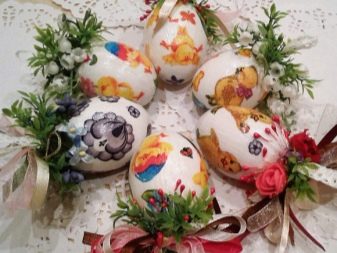
Traditions and rituals
The church celebrates Easter for 40 days, according to the amount of time Jesus spent with his disciples after his resurrection. The first week of Easter is considered Bright (Easter) week. The holiday is preceded by Great Lent, it symbolizes the path of Christ, full of hardships and filled with prayer. And fasting should help Christians to be cleansed from sins. The most exciting and difficult is the last week before Easter, which is called Passionate. On Maundy Thursday, Christians get up before sunrise and start the day with a swim. Any silver is thrown into the water and the face is washed with this water. Also on this day they put things in order in the house, prepare it for the celebration.
The most severe day of the Holy Week is Good Friday. Those who fast on this day refuse to eat at all, except that in the evening it is permissible to eat a little bread and drink water. Fun and entertainment on this day are excluded (however, you need to be more delicate with them during the entire post, everything should be in moderation). Physical work, even around the house, on this day should also be excluded if possible, but it is permissible to bake cakes.

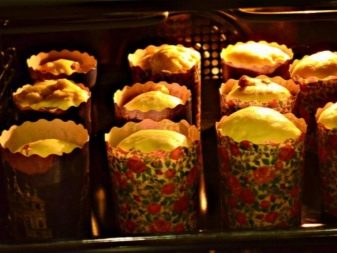
On Saturday, preparations were made for the celebration, but mainly for the night service. The days were spent in prayers that accompanied everyday affairs. And it is considered correct to celebrate Easter in the church - the service will begin a little earlier than midnight, and already at midnight Easter Matins begin. An obligatory part of this service will be a religious procession around the temple.
A special Easter greeting (when they say one to one "Christ is Risen!" - "Truly is Risen!") Is called christianization. According to custom, after that, it is correct to kiss and exchange Easter eggs three times. This is how they greeted each other in Russia and not only the next 40 days after Easter, until the very Ascension.
Different countries have their own Easter traditions, although many of them are related. For example, in Orthodox Greece, on the evening of Holy Saturday, they make magiritsa - a hearty soup with giblets, eggs and lemon. In Poland, on Easter they eat "mazurkas", biscuits with nuts and fruits. In some European countries, painted eggs are hidden on Easter morning, children wake up and search the whole house in search of the main hotel. Their goal is to find the nest of the Easter bunny with these eggs.By the way, the rabbit, although it is a truly Western symbol of Easter, has become actively used in Easter decor in many Slavic countries.
This suggests that the monolithic nature of traditions is crumbling, but the interpenetration of cultures simply makes the language of the holiday even more universal.
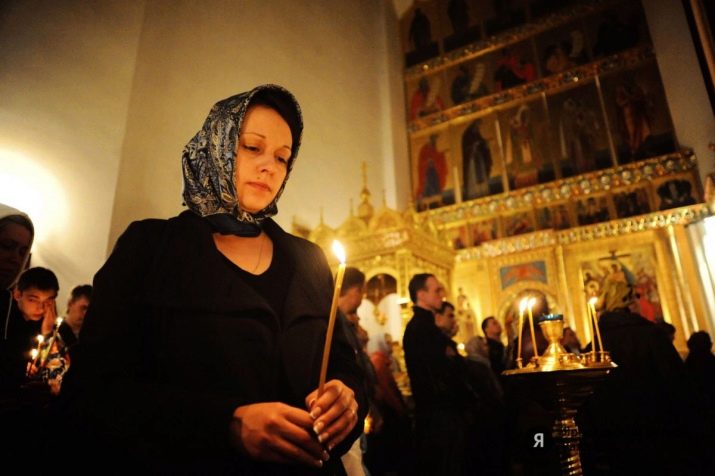
What cannot be done on this day?
There are canons, but there are interpretations, recommendations, prescriptions. Other severity seems unnecessary, unreasonable. The main sign of a holiday is respect for its traditions, the desire to comply... If a person works on Easter, and he cannot change, take a day off, it will not be a sin to go to the service. Especially if it is really impossible to make a day off, if the work is urgent, etc. But if the house, for example, is being renovated, it is better to suspend it for a holiday. This is not prohibited by law, because only the inner spiritual censor will tell a person why he should stop. But the holiday is bright, clean, kind, and in respect to it, the believer will interrupt both repairs and some current everyday issues.
The origin of a number of prohibitions has nothing to do with church tradition. For example, in a family, disputes may even arise if the hostess of the house cleans up the dishes after the table and decides to clean up the room where the feast was, goes to wash the dishes. But the desire to maintain a balance of cleanliness on a holiday is completely normal, it just should not be the main one. You can remove the dishes, wash them quickly, giving the guests some other opportunity to continue the meeting - just chat, or maybe go outside, etc. Just putting things in order quickly should not be replaced by thorough cleaning. Everything will be in time at another time.
Those who are little familiar with the traditions of Easter, on the eve of the holiday should (at least it would be nice), read about them, understand what a holiday in their house might look like. It is not necessary from the first year of this celebration to plunge into it headlong, to be afraid to break the tradition even in small things. Everything should be done with a kind attitude, with benevolence, with care for loved ones.

This is the main holiday that does not tolerate fuss, tension, the emergence of disputes regarding the celebration, etc. Everything should be filled with warmth and joy, like the very essence of Easter.








